Sweet pumpkin, known for its vibrant orange color and rich flavor, is a variety of pumpkin that thrives in warm climates. Cultivating sweet pumpkin requires proper planning, preparation, and care to ensure a successful harvest. Here’s a detailed guide to the cultivation method of sweet pumpkin.
Selecting the Right Variety: The first step in cultivating sweet pumpkin is choosing the right variety. There are various types of sweet pumpkins, such as Butternut, Kabocha, and Sugar Pie, each with different shapes, sizes, and taste profiles. Choose the variety best suited for your climate, soil type, and market demand.
Site Selection and Soil Preparation: Sweet pumpkins grow best in well-drained, loamy soil with a pH range of 6.0 to 6.8. Select a sunny site with good air circulation to prevent fungal diseases. Prepare the soil by tilling it deeply, ensuring a fine seedbed for better root growth. Incorporate organic matter, such as compost, to improve soil fertility and structure. Sweet pumpkins are heavy feeders, so soil enrichment with organic compost or well-rotted manure is essential for optimal growth.
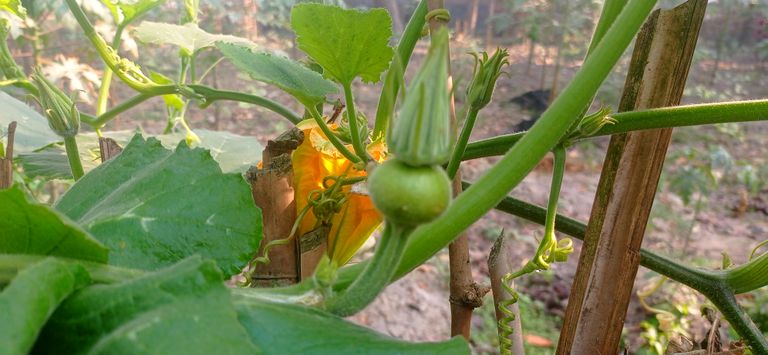
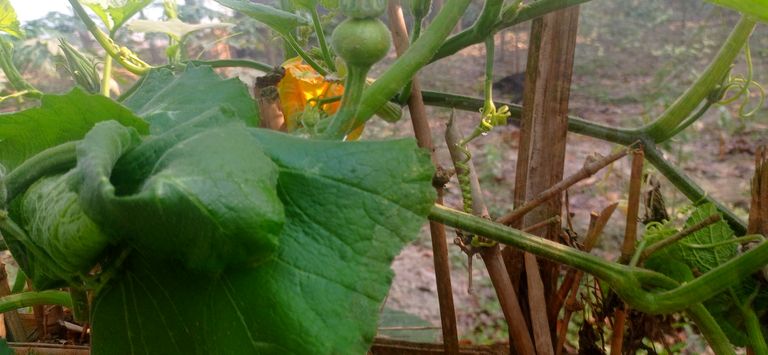
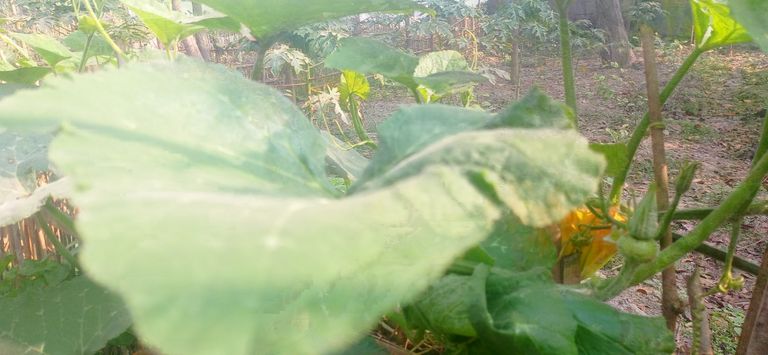
Sowing Seeds: Sweet pumpkins are typically grown from seeds. In regions with a short growing season, it is advisable to start seeds indoors 2–4 weeks before the last expected frost. Use peat pots or trays with a seed-starting mix and sow seeds at a depth of about 1 inch. Ensure the seedlings are kept in a warm, sunny area with temperatures between 70°F (21°C) and 85°F (29°C). Once the risk of frost has passed, transplant the seedlings outdoors.
If sowing directly into the garden, wait until the soil temperature reaches at least 65°F (18°C). Plant the seeds 1 inch deep and space them about 3–4 feet apart to allow the vines room to spread. For rows, space each row about 6–8 feet apart.
Watering and Irrigation: Watering is a critical part of pumpkin cultivation. Sweet pumpkins require consistent moisture, particularly during the early stages of growth and fruit development. Water the plants deeply once a week, ensuring the soil stays moist but not waterlogged. Drip irrigation or soaker hoses are ideal for pumpkins, as they deliver water directly to the root zone and help reduce the risk of fungal diseases.
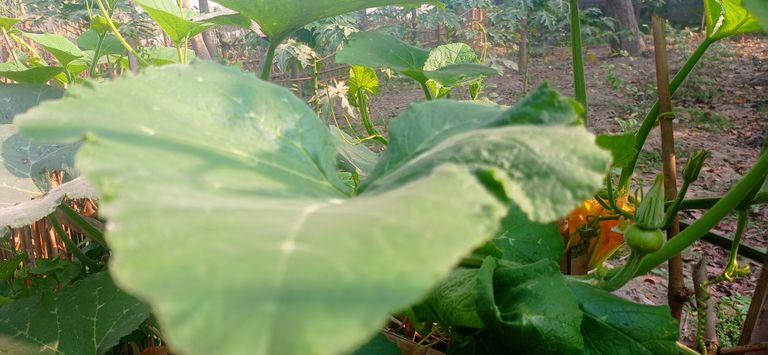
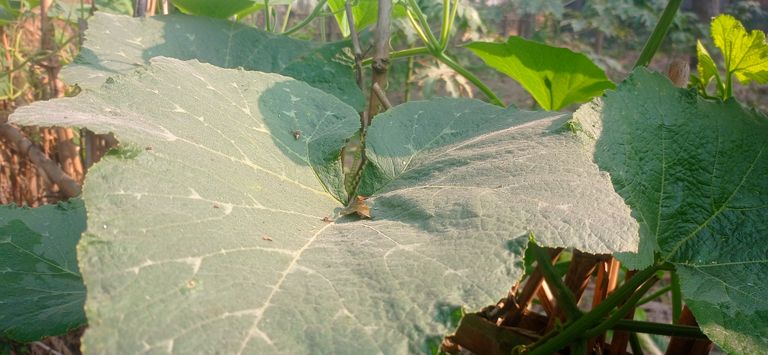
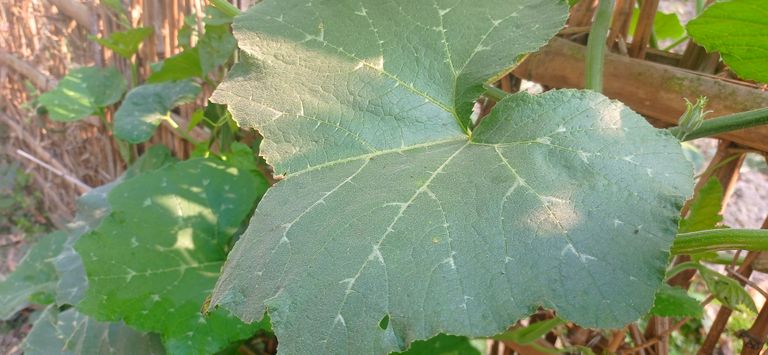
Fertilization: Sweet pumpkins benefit from regular fertilization. Use a balanced fertilizer high in phosphorus and potassium to encourage flowering and fruiting. During planting, mix a slow-release fertilizer into the soil. As the plants grow, side-dress with additional organic compost or a nitrogen-rich fertilizer. However, be cautious with high-nitrogen fertilizers as they can encourage excessive vine growth at the expense of fruit production.
Pest and Disease Management: Pests and diseases can significantly affect pumpkin yields. Common pests include aphids, squash bugs, and cucumber beetles. Use organic pesticides or insecticidal soap to control these pests, and employ row covers to protect young plants. For fungal diseases like powdery mildew, practice crop rotation, space plants to ensure good air circulation, and remove any infected plant parts. Prevent disease by watering early in the day and avoiding overhead irrigation.
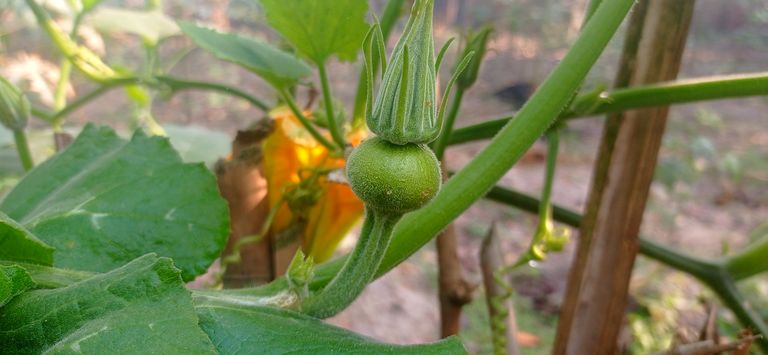
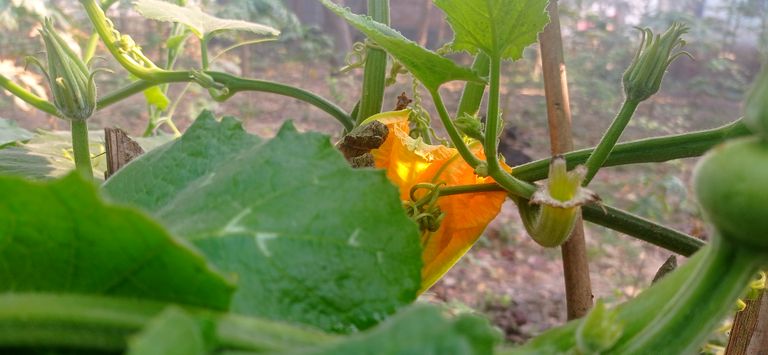
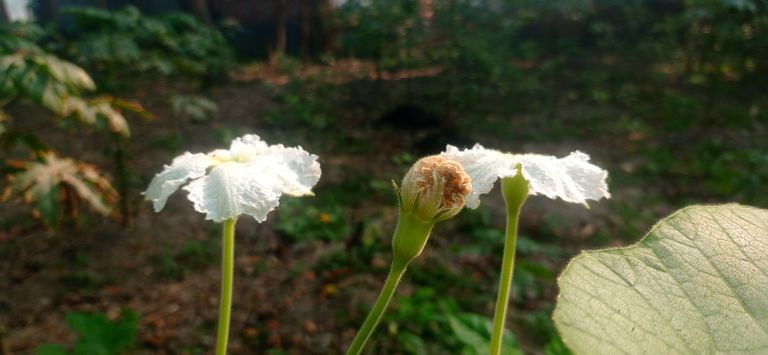
Pruning and Vine Management: Sweet pumpkins are sprawling plants with long vines. To promote better fruiting, prune the vines by removing any unnecessary side shoots and limiting the number of fruits on each plant. This allows the plant to focus its energy on the remaining fruits, resulting in larger, sweeter pumpkins. Keep the fruits off the ground by placing straw or mulch beneath them to prevent rot and pest infestations.
Harvesting: Harvest sweet pumpkins when their skins have hardened, and the color has fully developed. The stems should be dry and corky. To check for ripeness, tap the pumpkin; a mature pumpkin will produce a dull, hollow sound. Use a sharp knife or pruners to cut the pumpkins from the vine, leaving a few inches of stem attached. Handle the pumpkins carefully to avoid bruising or damaging the skin.
Post-Harvest Handling and Storage: After harvesting, cure the pumpkins in a warm, dry area with good air circulation for 7–10 days. This allows the skin to harden further and the flavor to develop. Once cured, store the pumpkins in a cool, dry, and dark place at temperatures between 50°F (10°C) and 60°F (15°C). Sweet pumpkins can last for several months if stored properly.
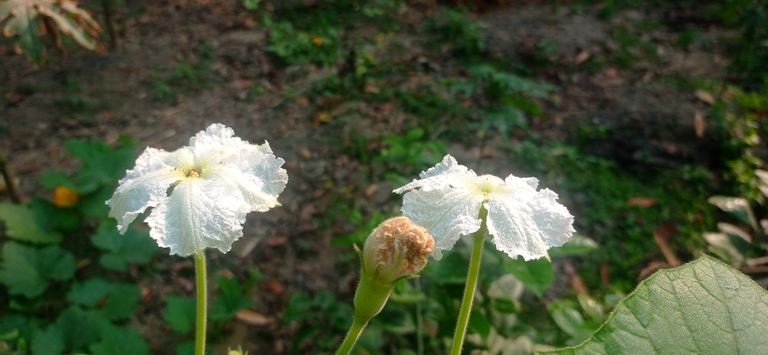
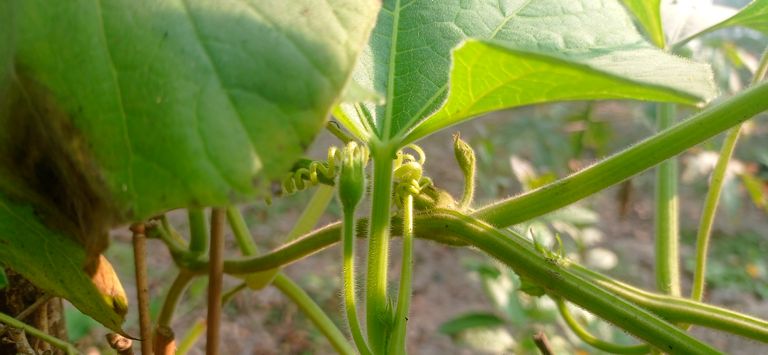
Nutritional Properties of Sweet Pumpkin
Sweet pumpkin is not only a delicious addition to meals but also highly nutritious, providing a wide range of essential vitamins, minerals, and antioxidants. Here are some key nutritional benefits of sweet pumpkin:
Rich in Vitamins: Sweet pumpkin is an excellent source of Vitamin A, primarily in the form of beta-carotene. This powerful antioxidant helps promote good vision, boosts the immune system, and supports skin health. A single serving of sweet pumpkin can provide more than 200% of the recommended daily intake of Vitamin A. Additionally, sweet pumpkin contains Vitamin C, which helps with collagen production, supports immune function, and promotes skin health.
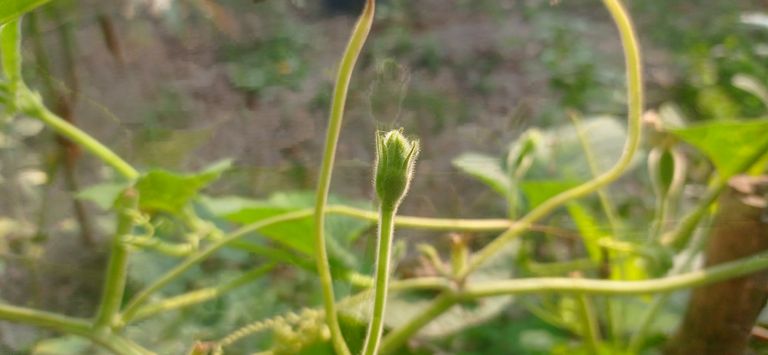
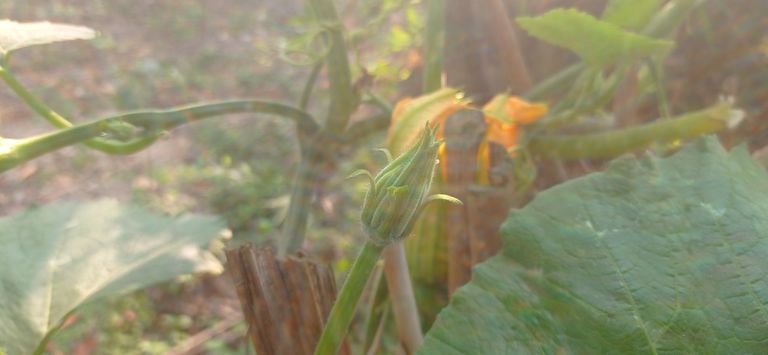
High in Fiber: Sweet pumpkin is a great source of dietary fiber, which aids in digestion and helps maintain healthy bowel movements. Fiber also helps regulate blood sugar levels, making sweet pumpkin a good choice for people with diabetes or those seeking to manage their weight.
Minerals: Sweet pumpkin is a good source of several key minerals, including potassium, magnesium, and iron. Potassium helps maintain proper muscle and nerve function, while magnesium supports heart health, bone strength, and energy production. Iron is essential for the production of hemoglobin, which carries oxygen in the blood.
Low in Calories: Sweet pumpkin is low in calories, making it an excellent food for those looking to manage their weight. A cup of cooked sweet pumpkin contains only about 50 calories, making it a filling, nutrient-dense food without excessive caloric intake.
Antioxidant Properties: In addition to beta-carotene, sweet pumpkin is rich in other antioxidants like lutein and zeaxanthin, which are beneficial for eye health. These antioxidants help protect the body from oxidative stress and inflammation, potentially reducing the risk of chronic diseases such as heart disease and cancer.
Hydration: Sweet pumpkin contains a high water content, which helps keep the body hydrated, especially during hot weather. This contributes to overall well-being, maintaining skin health, and supporting bodily functions.
In conclusion, sweet pumpkin is a highly nutritious vegetable, providing a wealth of vitamins, minerals, and fiber while being low in calories. Its health benefits make it a valuable addition to any diet, and its delicious taste and versatility in cooking ensure it remains a popular crop in both home gardens and commercial farms.
So far Today...
Stay Home
Thanks for Your Time Friend.
♥♥♥♥♥♥
Ok
See you Again in a New blog.
Thanks for being with me.
Plese Follow Me......
@mspbro
★★To contact me★★
Subscribe My 3speak Channel https://3speak.online/user/mspbro
Follow me Twitter https://twitter.com/mdsumonpra
Add me Facebook https://www.facebook.com/sumon.mim84